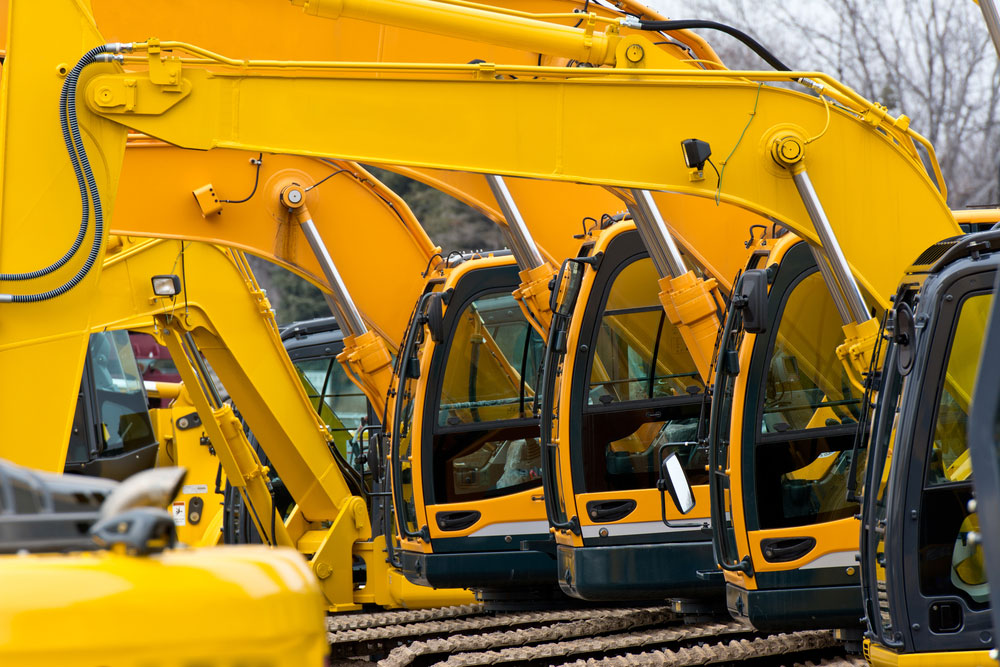Fleet managers have long understood the value of reducing maintenance costs and maximizing fuel economy. After all, this is one of the most direct avenues they have to positively influence PAD. Thankfully, advances in technology have lead to many game changing powertrain innovations, which have helped make the dream of a maintenance free fleet a more plausible reality. Unfortunately, Techno-Utopianism is not here quite yet.
Thanks (or no thanks) to the overall costs of preserving suspensions, there remain a few price heavy, labor intensive obstacles to in the way of worry free fleet management. This article will highlight a few of these, as well as provide measures to keep the rubber on the road.
Take it Greasy
Perhaps the least revolutionary step that anyone can take to keep their fleet up and running is to pick up their old fashioned grease gun and start lubing friction heavy parts such as the kingpin, cam bushings, and ASA. Restricted kingpins have been known to decrease ease of handling and can also reduce tire life. A little grease will help alleviate the problem. While this is a tried and true practice, it is not a mindless one. The assumption most people make is that a few pumps into the grease fitting will be sufficient, but the reality is that the old grease must be purged by the new grease in order to ensure proper lubrication.
Shock & Spring
These two are frequently some of the most costly maintenance areas for fleets. Air springs, in particular, are prone to fail due to worn bushings, faulty leveling valve, a broken pressure regulator, or a malfunctioning shock absorber. To prevent a relatively minor problem from becoming a major repair, air springs should be frequently checked for leaks or excess oil build up.
Shocks on the other hand should be inspected for damage at every tire rotation, and replaced with every new set. Otherwise, the risk of a rough ride or shortened tire lifespan are increased- a problem which can lead to reduced control and fuel economy. Visually inspect shocks after each operation to catch leaking oil dripping out from the dust tube.
At the End of the Day
While these steps will not alleviate all the potential pitfalls associated with operating a fleet, they should be sufficient to reduce downtime and increase profit margins.







